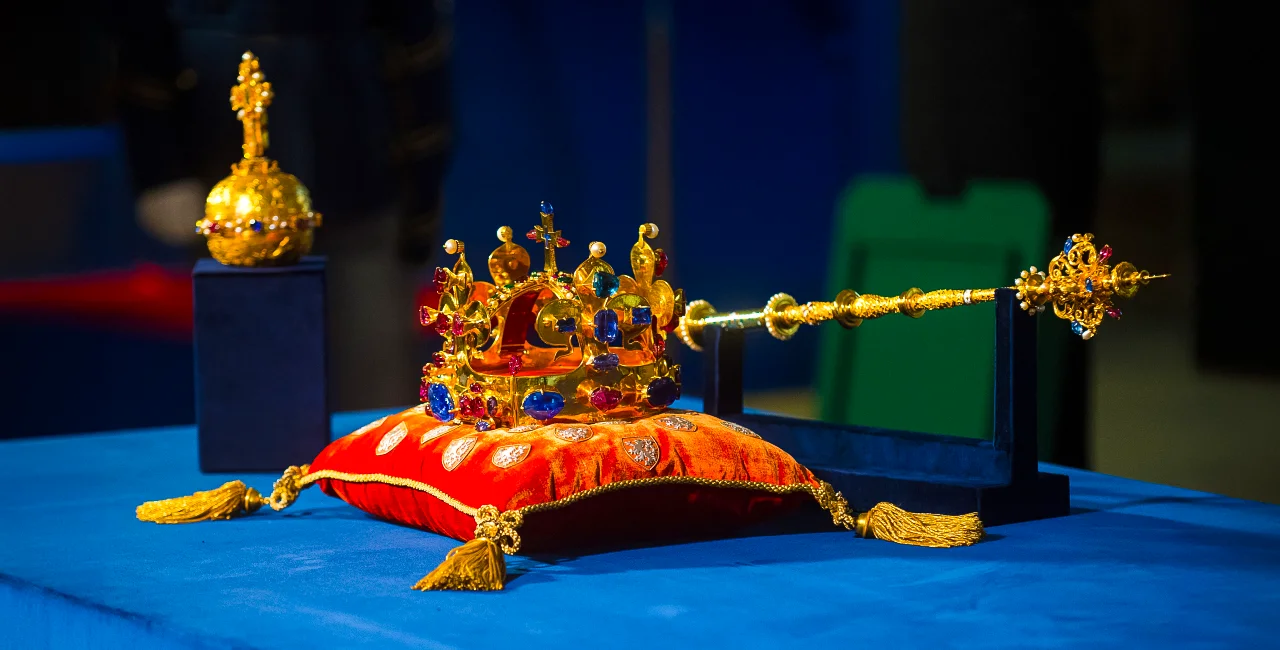President Petr Pavel has decided to hold an annual exhibition of Czech crown jewels on St Wenceslas Day, which is also commemorated as Czech Statehood Day and falls on Sept. 28, the communications department of the Presidential Office said in a press release today.
The jewels will be displayed this year from Sept. 17 to 30. According to the head of state's decision, the exhibition is to be held every September in connection with the national holiday.
“A day earlier, they will be ceremonially picked up from the Crown Chamber in the Cathedral of St. Vitus, Wenceslas, and Vojtech and transferred to the Vladislav Hall of the Old Royal Palace,” the Presidential Office said.
The crown jewels have been displayed at Prague Castle eight times since the establishment of the independent Czech Republic: twice under the previous presidents, four times under the most recent president, and most recently last January on the occasion of the 30th anniversary of the founding of the Republic.
The longest time they have been on display so far was in May 2016, when the exhibition lasted 15 days.
The tradition of the exhibition dates back to interwar Czechoslovakia. The first public exhibition of the jewels took place in 1929 on the occasion of the 1000th anniversary of St. Wenceslas's death. The jewels were also made available after the end of World War II in 1945, twice in the 1950s (1955 and 1958), in the breakthrough year of 1968, and during the normalization period (1975 and 1978). Tens of thousands of people came to see them each time.
The crown jewels were used as signs of rule and power of Czech kings. They include the Crown of Saint Wenceslas, the royal orb and scepter, the coronation vestments of the Kings of Bohemia, and the relevant accessories. The crown was created on King Charles IV’s order in 1346; the other items are not so old.
Bohemian crown jewels by the numbers
- The St. Wenceslas crown was made in 1346 for the coronation of King Charles IV
- It contains 44 spinels, 30 emeralds, 19 sapphires, 1 ruby, 1 rubellite, and 1 aquamarine
- The scepter and global cruciger are made of gold and were created in the 16th century for King Ferdinand I of Habsburg
- The coronation cloak was specially made for King Ferdinand II in the 17th century, and is made of silk and weasel hair
- The jewels are stored in the Crown Jewels Chamber within St. Vitus Cathedral but were previously held in Karlštejn Castle.
- Seven keys provide access, held by the president, prime minister, archbishop of Prague, speaker of the Chamber of Deputies, and Prague mayor












 Reading time: 2 minutes
Reading time: 2 minutes 




























